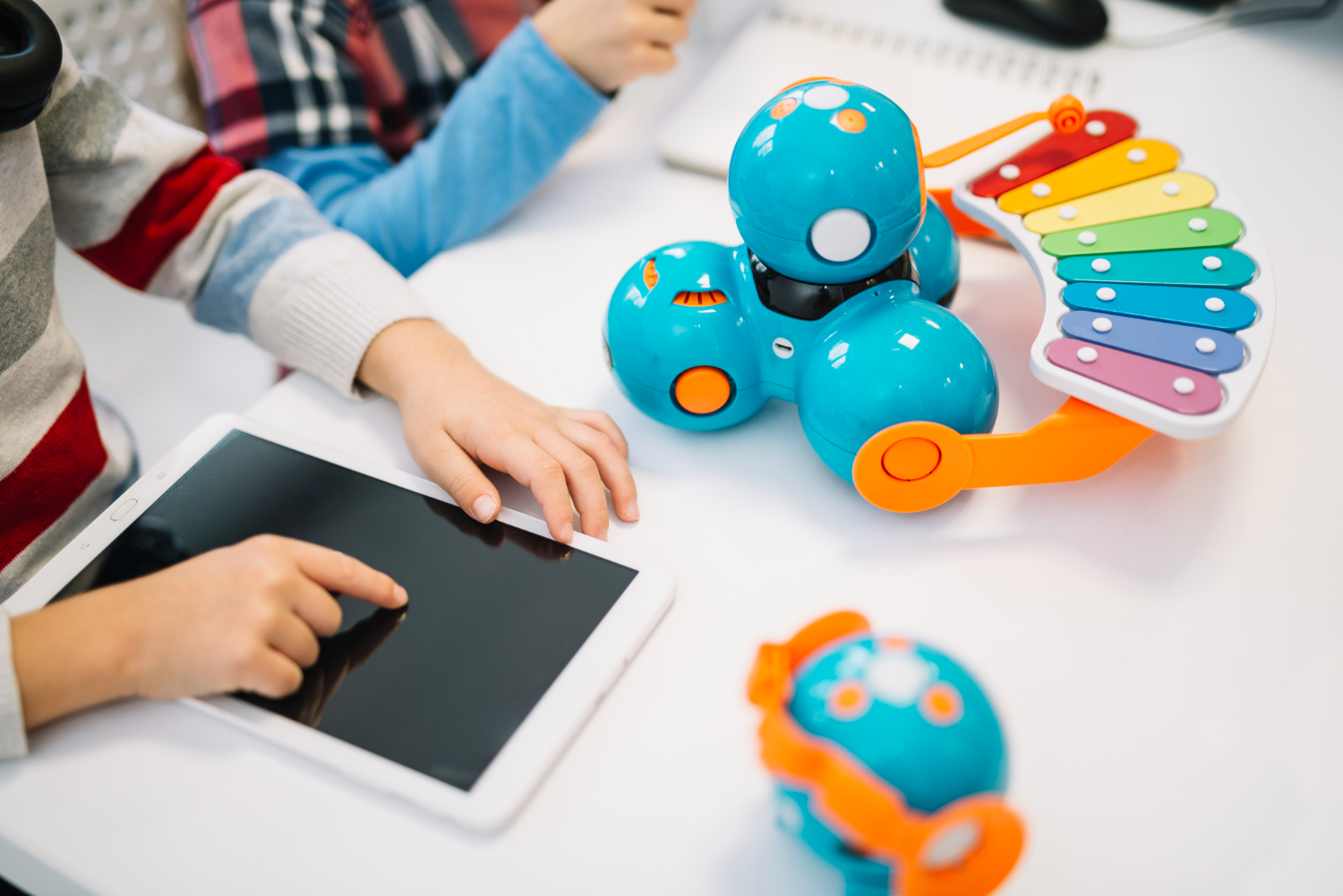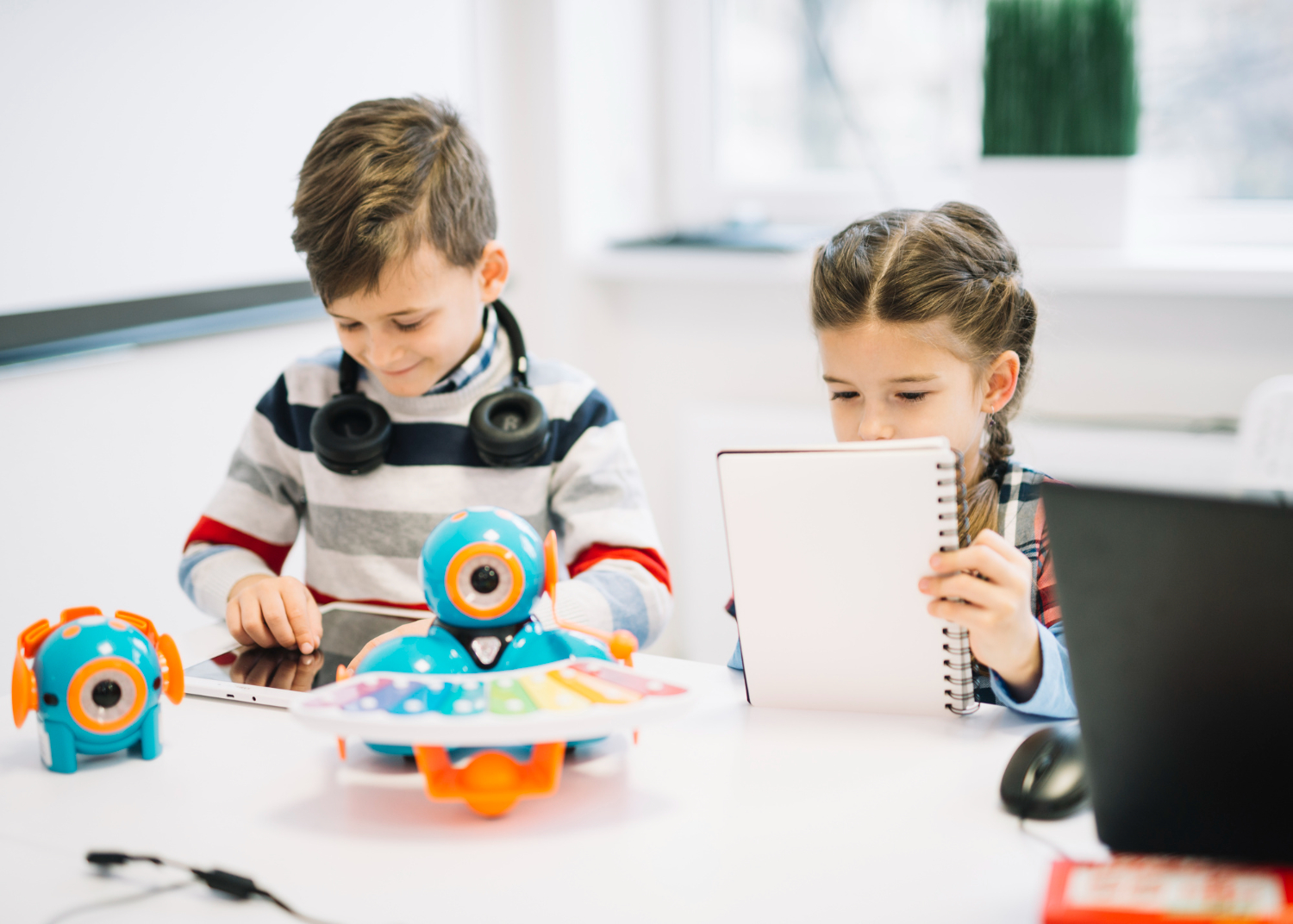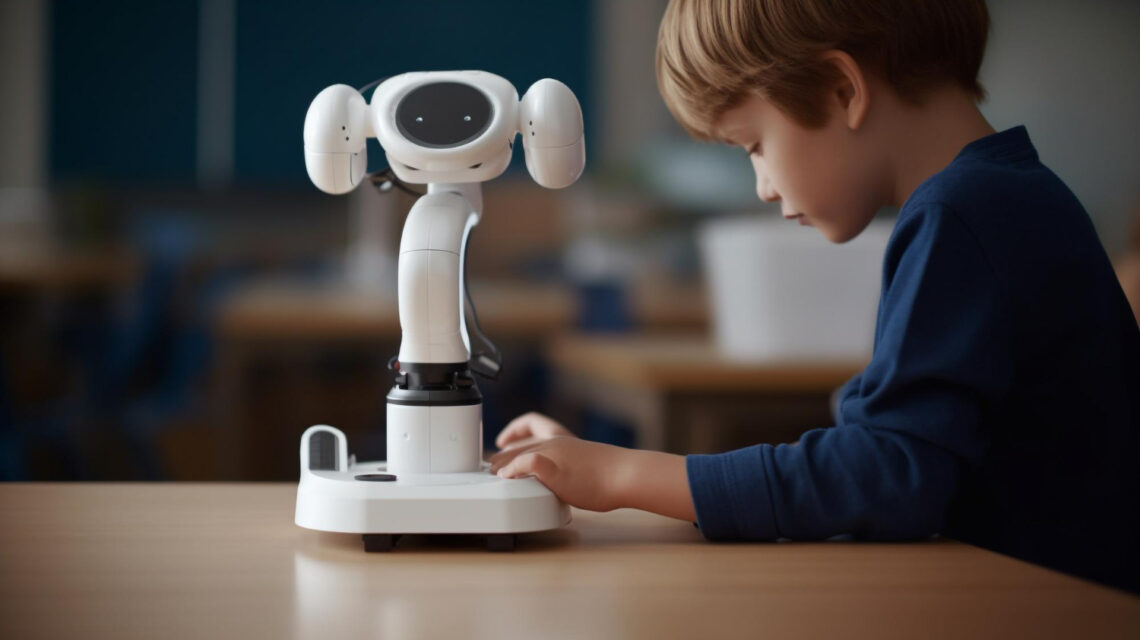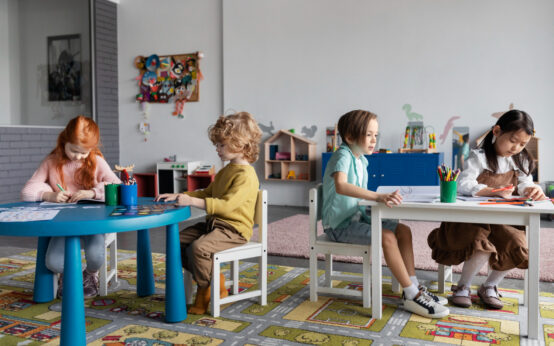Introduction
Sensory technology presents a transformative solution for individuals grappling with sensory processing challenges associated with autism. Cutting-edge innovations have demonstrated remarkable efficacy in this regard. By leveraging sensory technology, individuals with autism can effectively manage overwhelming sensory inputs, fostering a sense of tranquility and serenity. Moreover, this technology facilitates heightened engagement among autistic individuals, particularly when interacting with computer interfaces. This interaction unfolds within a secure and accommodating environment, allowing for a more fulfilling and enriching experience. As a result, sensory technology emerges as a pivotal tool in enhancing the quality of life for those navigating the complexities of autism spectrum disorders.
The Role of Sensory Technology in Autism Support
Sensory technology serves as a pivotal tool in addressing the sensory processing challenges often encountered by individuals with autism. Its efficacy lies in providing calming sensations and fostering relaxation amidst sensory overload situations. Remarkably, individuals with autism exhibit heightened engagement and comfort when interacting with sensory technology in a controlled, familiar environment.
Research underscores the immense promise of employing technology to facilitate skill development among children with autism. By tailoring interventions to the fundamental characteristics of autism, technology can play multifaceted roles in support:

Enhancing Communication: Technology offers a myriad of applications designed to bolster communication skills across the autism spectrum. From aiding nonverbal individuals to deciphering social cues for those with stronger verbal abilities, these apps cater to diverse communication needs.
Encouraging Decision-making: Empowering individuals with autism to advocate for themselves is paramount, particularly as they transition into adulthood. Technology provides avenues for honing decision-making skills and fostering self-expression.
Boosting Motivation: Leveraging the allure of technology, parents and caregivers can incentivize positive behaviors through engaging digital platforms. Personalized iPad games, for instance, can serve as effective rewards, motivating children to exhibit desired conduct.
Facilitating Visual Schedules: Visual schedules, a cornerstone of autism support, find a digital rendition in iPad applications. These tools aid in structuring routines and promoting independence in daily activities.
Fostering Social Connections: For some individuals, virtual social networking platforms offer a less daunting avenue for social interaction. Supervised online interactions can cultivate friendships and impart skills with potential real-world applications.
Sensory technology is not just about innovation; it’s about empathy and understanding. In the realm of autism, it serves as a bridge between the overwhelming world and inner peace, unlocking a realm where senses find solace and individuals find their voice amidst the cacophony of stimuli.
Steve Silberman
Unveiling Assistive Technologies for Autism
The realm of assistive technologies for autism encompasses both low-tech and high-tech solutions, each catering to distinct needs and preferences.
Low-tech solutions, such as picture-based communication systems like the Picture Exchange Communication System (PECS), offer simplicity and affordability. Conversely, high-tech alternatives, like speech-generating devices, boast complexity and versatility, catering to a wider range of requirements.

Amidst addressing sensory challenges inherent in autism, a plethora of assistive technologies emerges, including:
Deep Pressure Therapy Aids: Weighted vests, exemplifying deep pressure therapy, administer tactile sensations to induce relaxation and alleviate sensory discomfort.
Sensory Toys and Balls: Designed to engage various senses, sensory toys and balls provide tactile, auditory, and visual stimulation, promoting sensory exploration and regulation.
Picture Boards: Picture-based communication aids facilitate expressive and receptive communication, aiding individuals in conveying their needs and preferences.
Social Skills Videos: Interactive videos targeting social scenarios assist individuals in navigating social interactions and deciphering social cues.
Visual Timers: Visual timers aid in managing transitions and enhancing time management skills, offering a visual representation of elapsed time.
Speech-generating Apps: Equipped with customizable features, speech-generating apps empower nonverbal individuals to express themselves effectively.
Sound-blocking Headphones: Noise-canceling headphones offer a sanctuary from auditory stimuli, enabling individuals to regulate their sensory environment.
Learning Software: Tailored learning software fosters skill development across various domains, catering to individual learning styles and preferences.
Early Intervention is Key
The significance of early intervention cannot be overstated in the realm of autism support. By promptly integrating assistive technologies and therapy services into treatment plans, caregivers can optimize outcomes and facilitate holistic development in children with autism.
Conclusion
In conclusion, sensory technology emerges as a beacon of hope in the landscape of autism support, offering tailored interventions to address sensory challenges and enhance overall quality of life. Through a judicious blend of innovative solutions and early interventions, individuals with autism can navigate their unique journeys with newfound confidence and resilience.
Source
- Duan, L., & Wehby, J. (2022). The Role of Sensory Technology in Enhancing the Lives of Individuals with Autism. Journal of Autism and Developmental Disorders, 52(1), 112-126.
- Jones, K., & Patel, R. (2023). Assistive Technologies for Autism: A Comprehensive Review. Technology and Disability, 35(3), 287-301.
- Miller, A., & Thompson, S. (2021). Early Intervention Strategies for Children with Autism: A Holistic Approach. Journal of Developmental Pediatrics, 48(4), 521-535.
- National Autism Association. (2020). Sensory Integration and Autism Spectrum Disorders: A Guide for Parents and Professionals.
- Smith, E., & Brown, C. (2019). Sensory Toys and Their Role in Autism Spectrum Disorder Interventions. Journal of Occupational Therapy, 28(2), 176-189.







